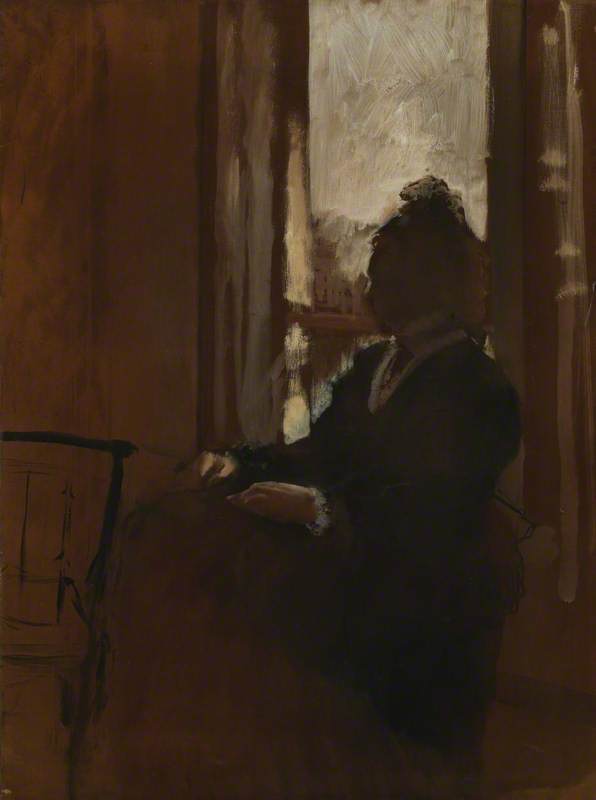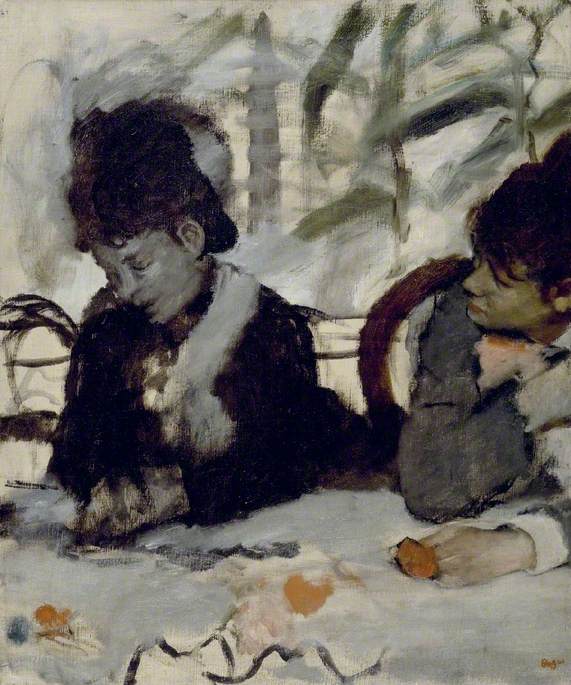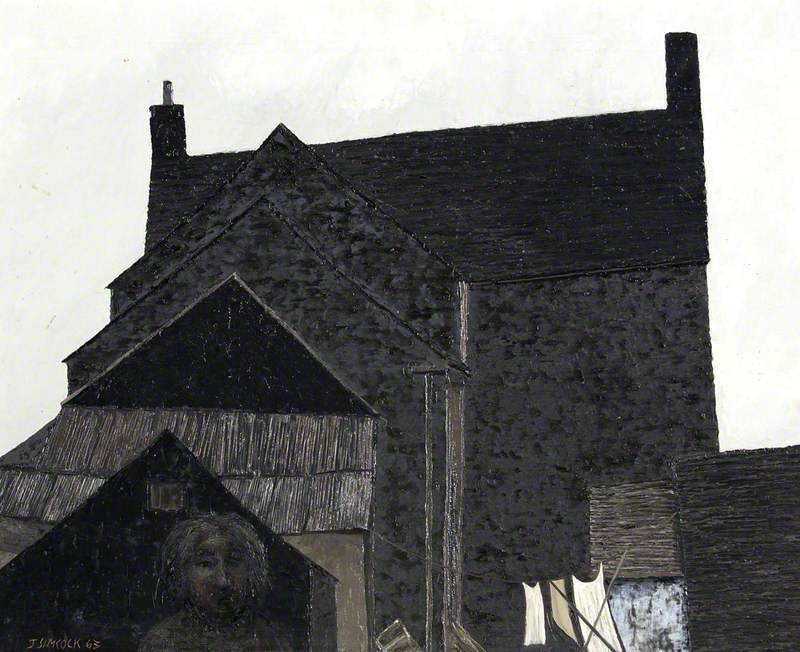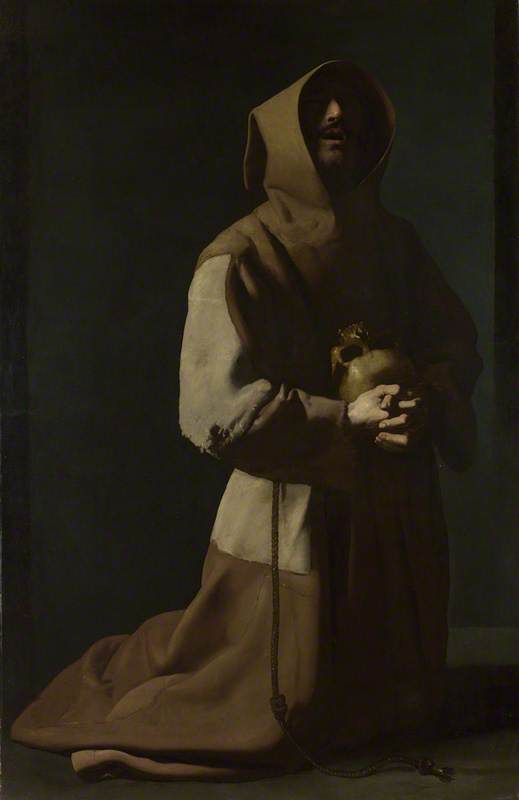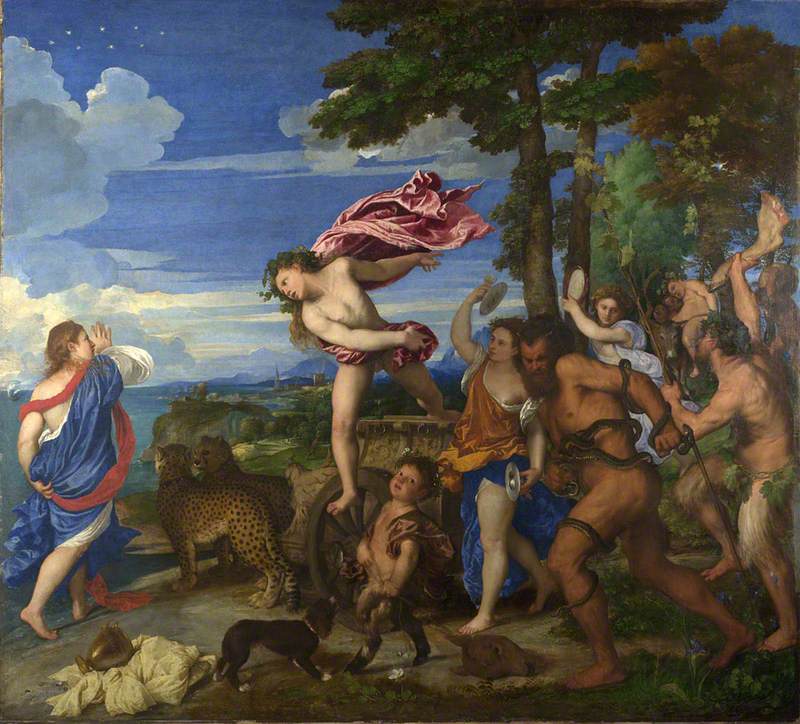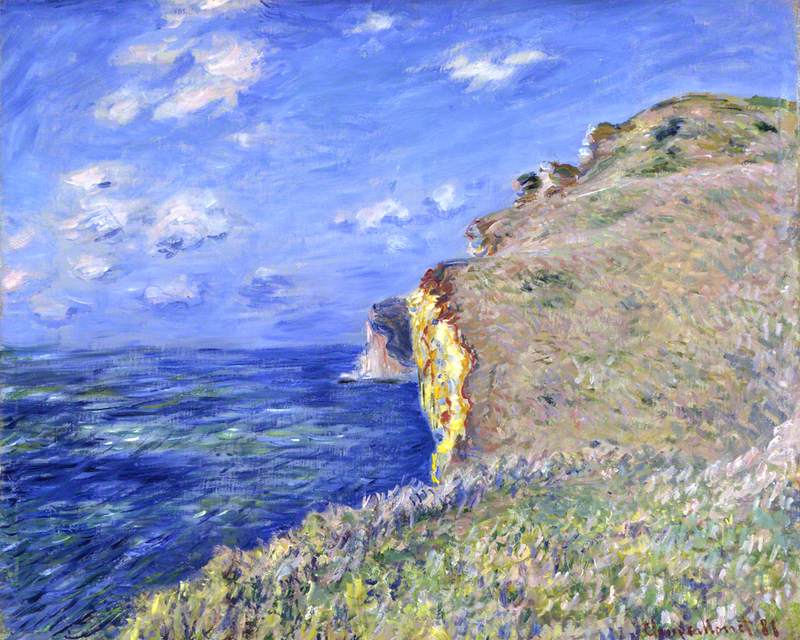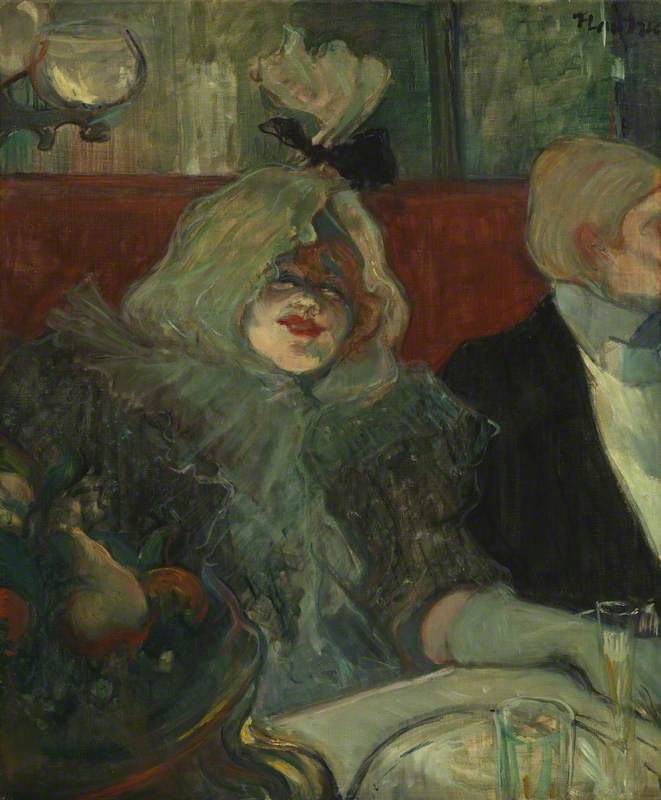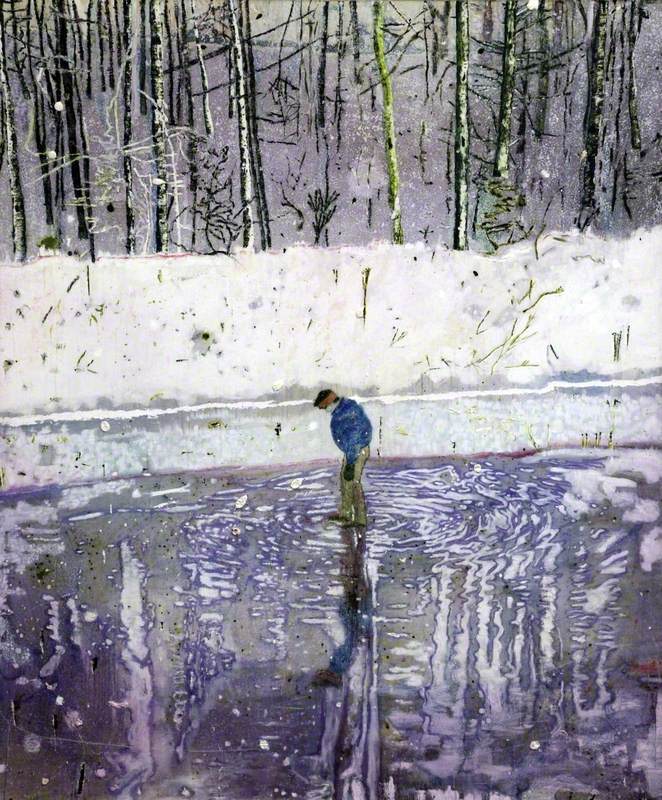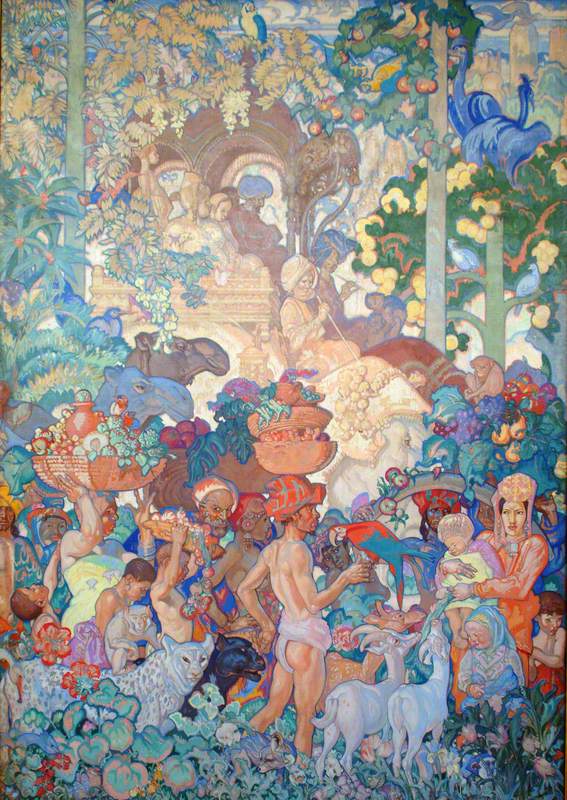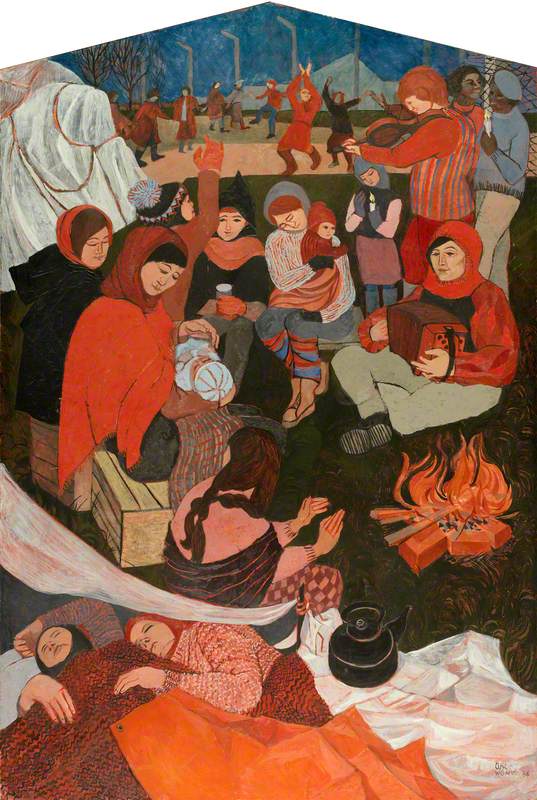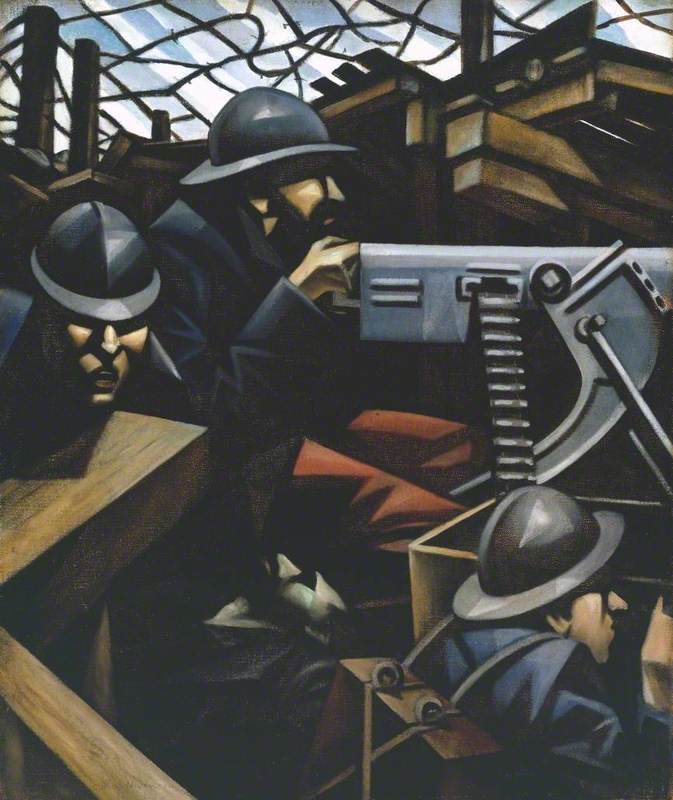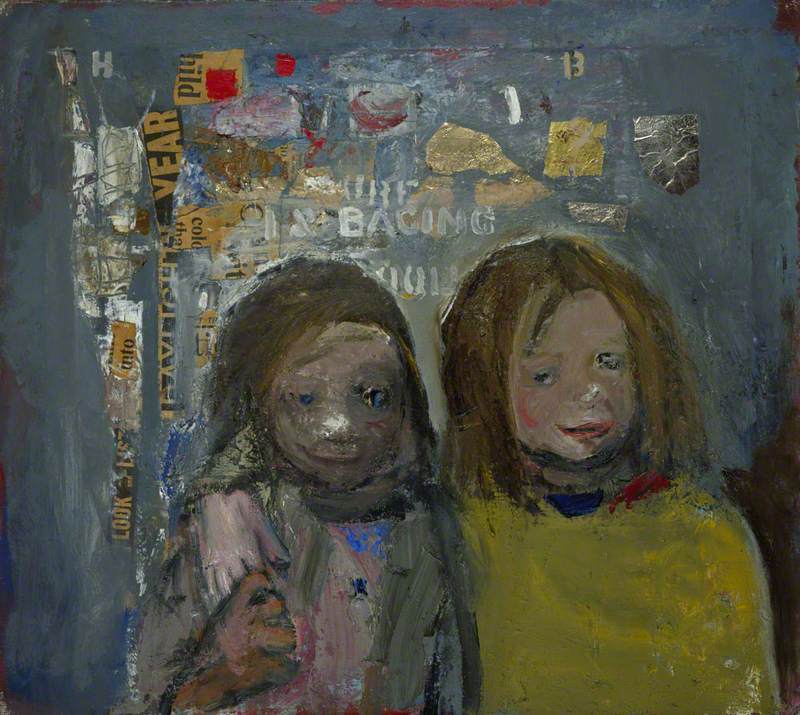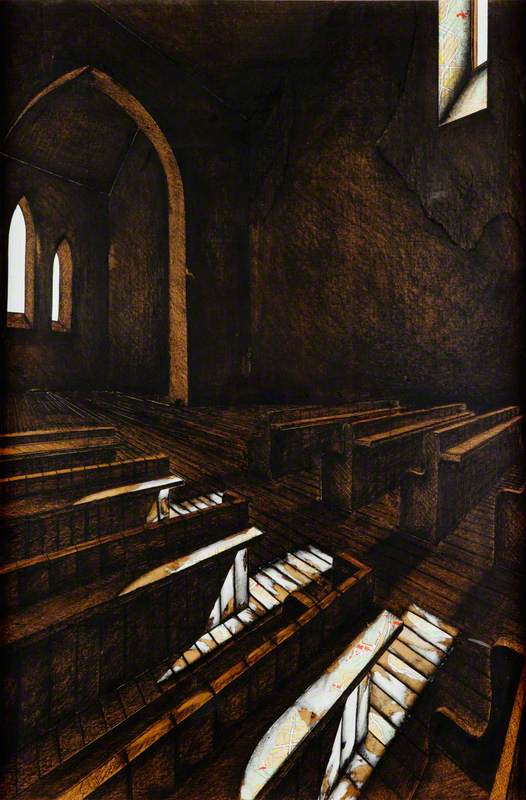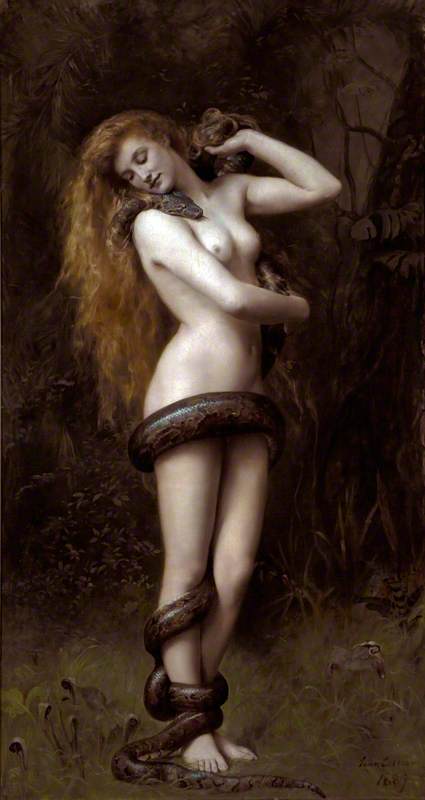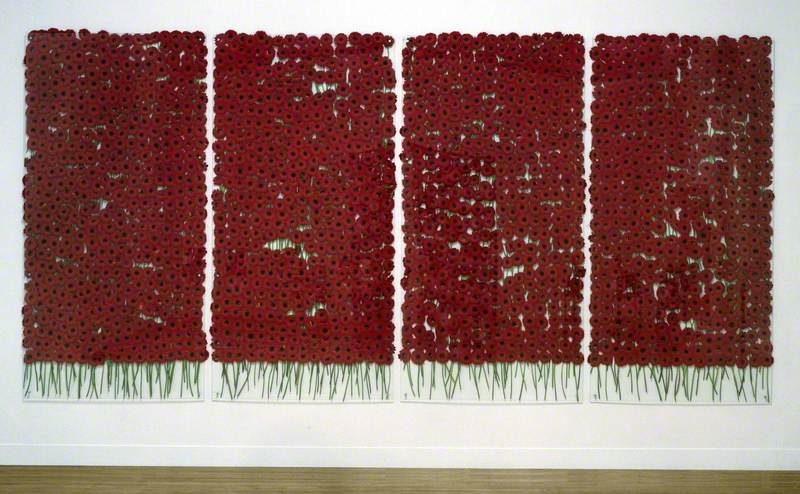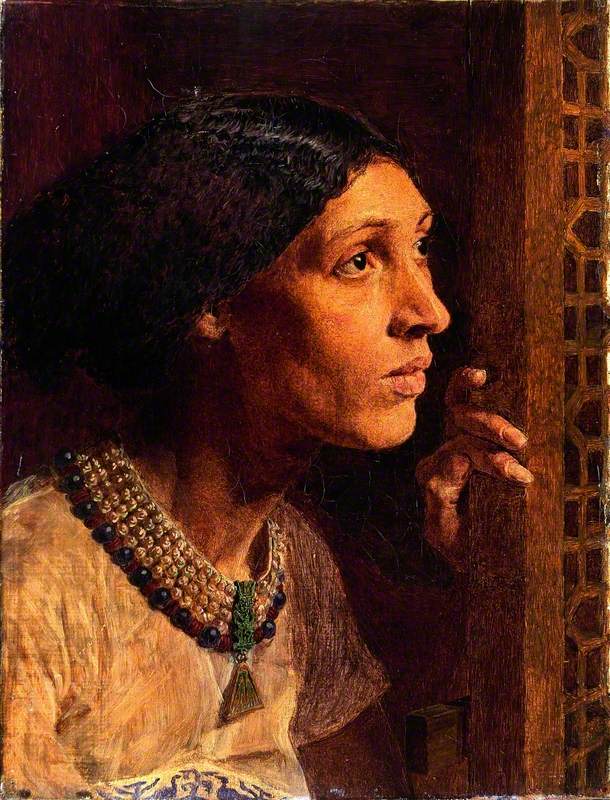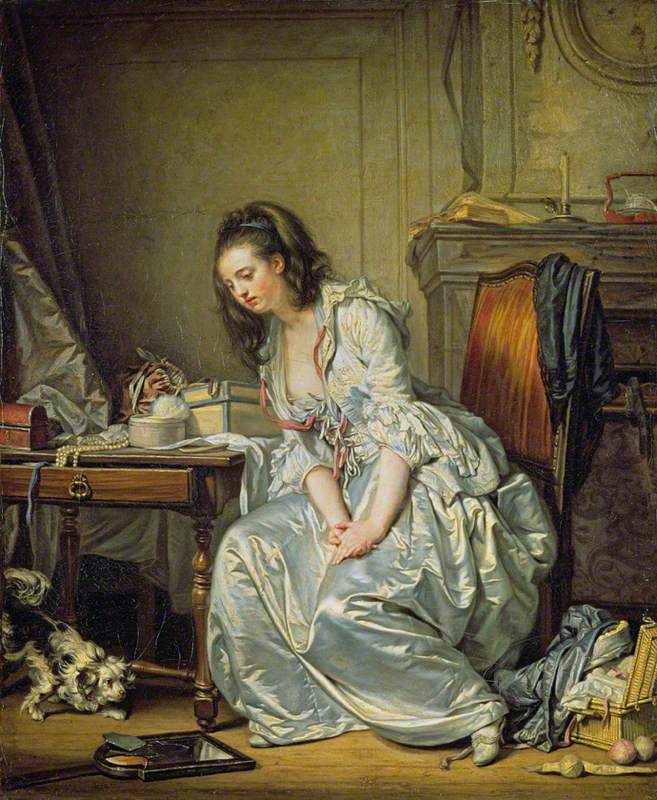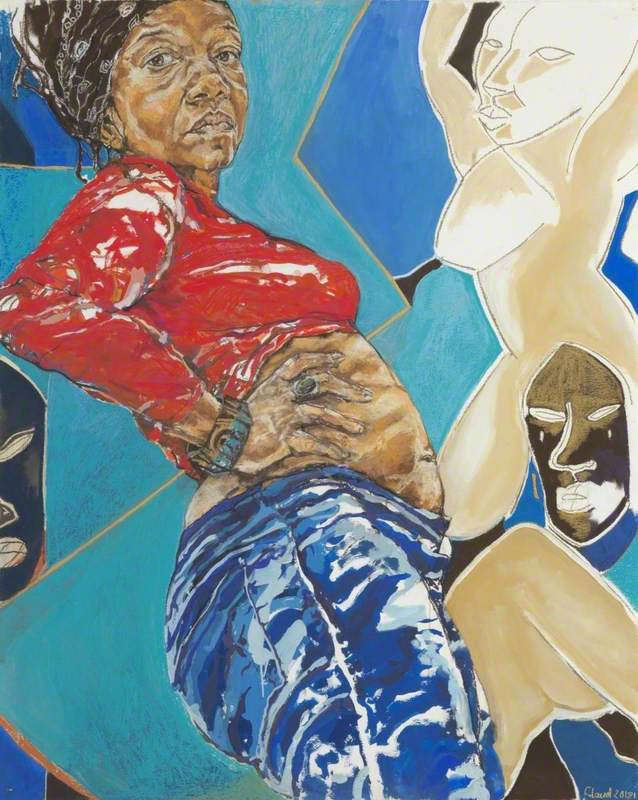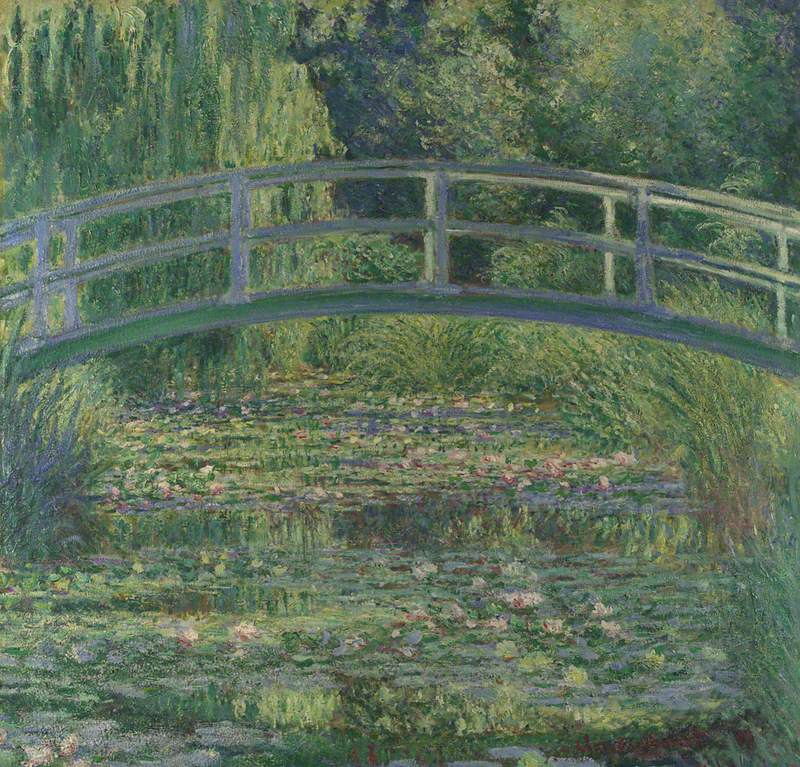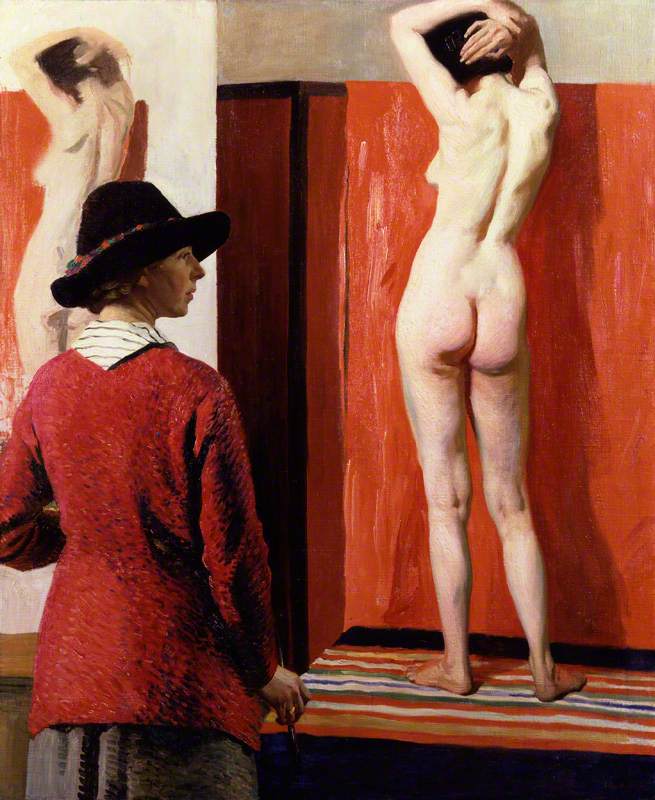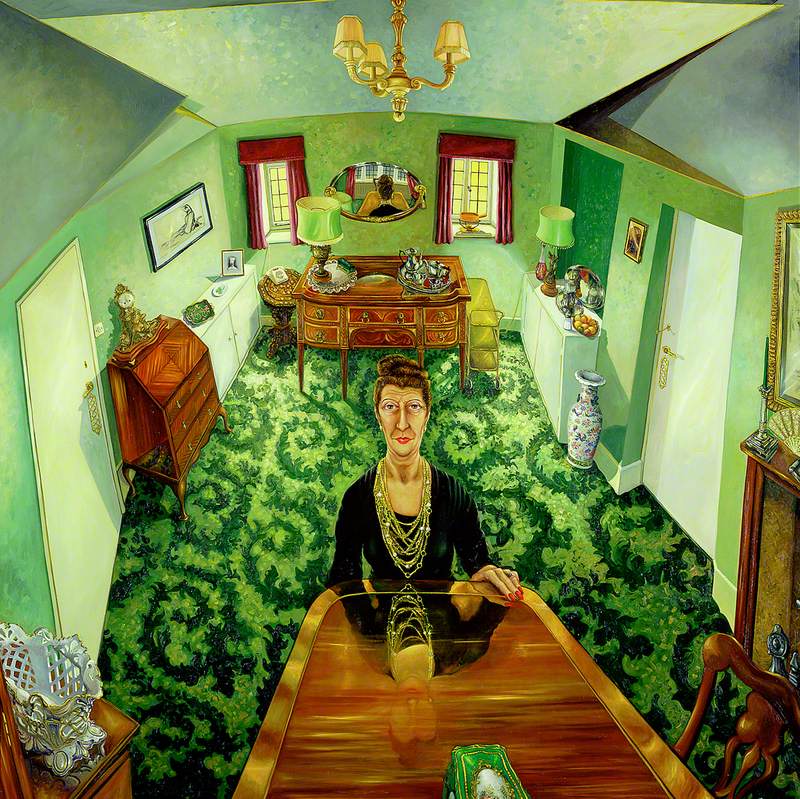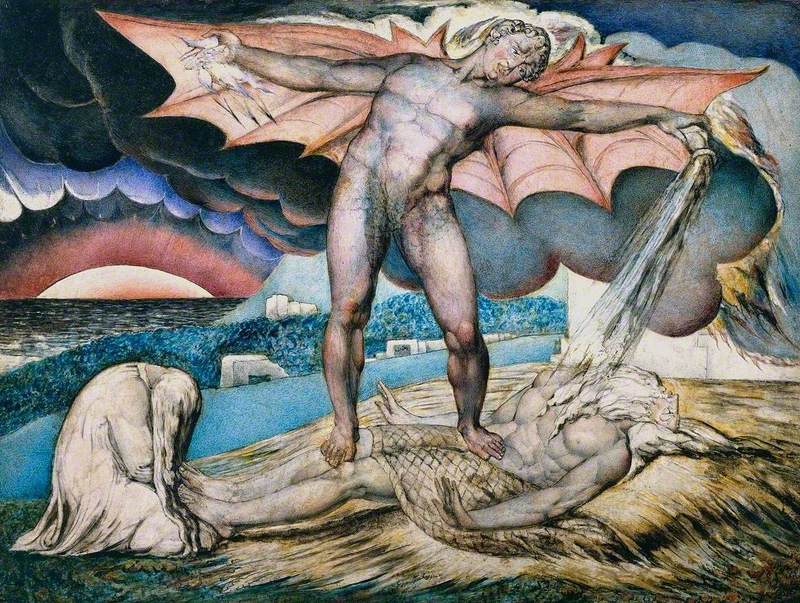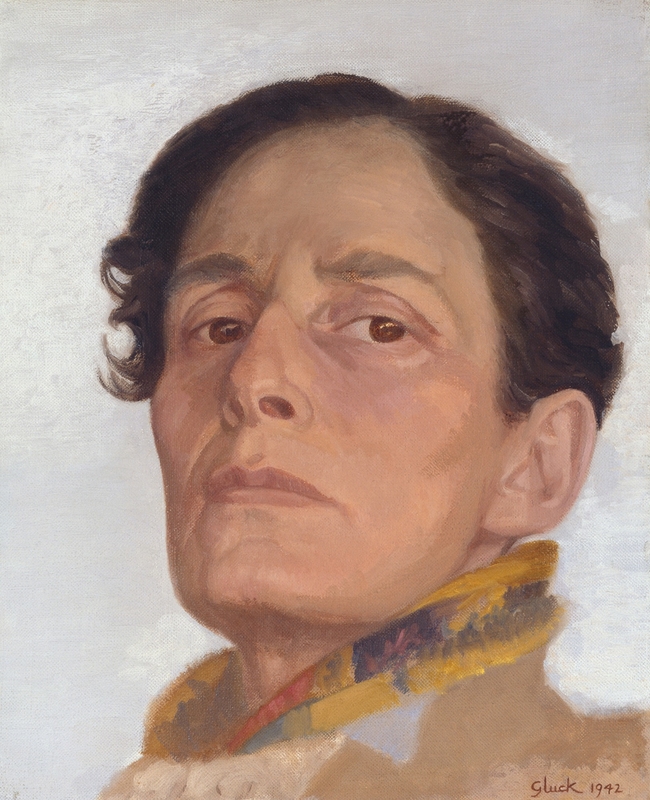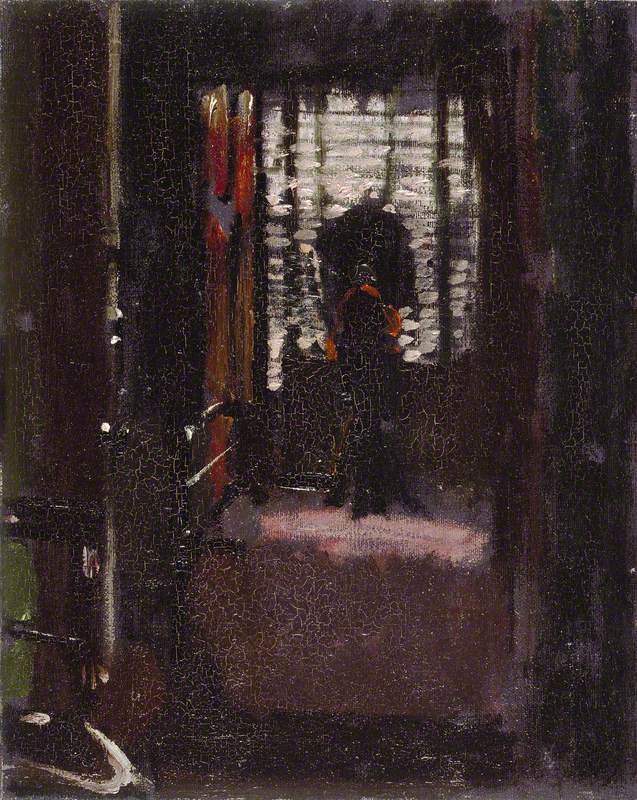Edgar Degas (1834–1917) was, in effect, a photographer of moments, capturing and distilling serenity from the chaos of life.
Perhaps some of his most famous works are his well-loved depictions of ballerinas, eternalised in the middle of a pirouette, a leap or a laugh. The vivacious Blue Dancers and Two Dancers in Yellow and Pink demonstrate the arcing motions he loved to portray.
If these pieces catch colour and mark movement, Woman at a Window is their antithesis. Here Degas seems to sigh a woman into being; she is a woman of browns and greys, alone in a moment of stillness.
Although this solitude and serenity appear unbreakable, in places the painting is little more than a sketch. The chair in the lower-left corner is a mere suggestion, lacking substance. Perhaps this alludes to the transient nature of any given moment in time: lost before it truly began. Conceivably, this painting continues Degas' exploration of movement rather than defies it. The movement captured here is simply movement through time, moment to moment.
Despite this, Degas retains a timelessness. The shadow-imposed anonymity of the subject gives her an obscurity. She is contemplative in an elusive way; the viewer seems to catch her in an intimate moment but cannot penetrate her solitude.
The painting has a quiet beauty in its muted palette: modest, almost understated. The paint has been drained of excess oil and thinned with turpentine, creating an effect similar to that of watercolours. This subtlety, combined with the warmth of hue, is reminiscent of sunsets, bearing further connotations of brevity, beauty and the beauty of brevity.
The golden glow provided by the contre-jour lighting lends the portrait a sense of contentment in what resembles halcyon times. But beyond the canvas, Paris was under siege from Prussia. The subject – tranquil and reflective – was paid for modelling with a hunk of meat 'which she fell upon, so hungry was she, and devoured it raw', according to Degas' friend, the artist Walter Richard Sickert (1860–1942).
Somehow, Degas has elicited peace from a time of conflict and turmoil. And perhaps this too is in alignment with his style; it epitomises Degas' ability to capture one moment of tranquillity out of the tumult of life, just as he isolated one shape from the intricacies of dance.
Florence Wolter, winner of Write on Art 2020, Y10/11
